Are you tired of dealing with frozen pipes during the chilly winter months? If so, it may be time to consider installing a heat cable on your PEX pipes. You may be wondering how to go about this process. Don't worry, we have done the legwork for you and here is what we found.
You can attach heat cable to PEX pipe by doing the following:
- Choose the right heat cable.
- Clean the PEX pipe.
- Attach the heat cable.
- Test the heat cable.
- Insulate the pipe.
By following these steps, you can ensure that your PEX pipes are protected against freezing temperatures and that your plumbing system stays functional all year round. Keep reading to get detailed information on how to attach heat cable to PEX pipe.
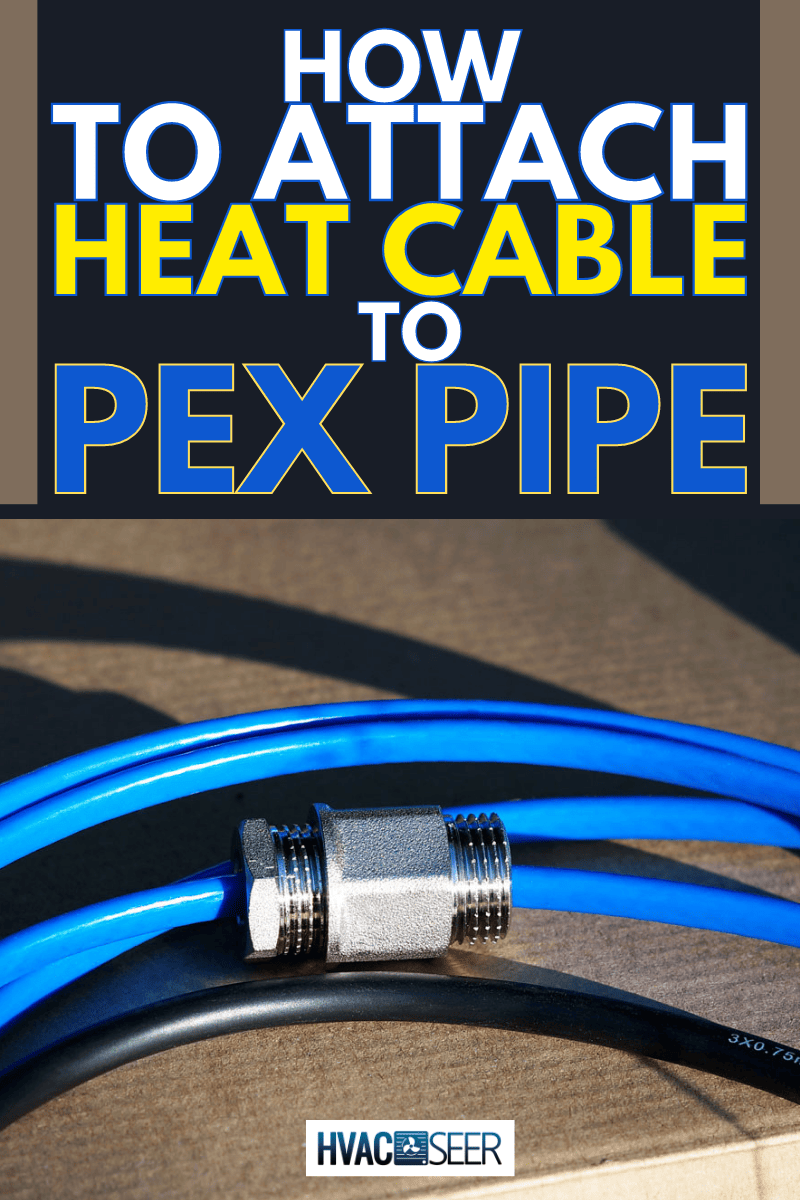
How To Attach Heat Cable To Pex Pipe
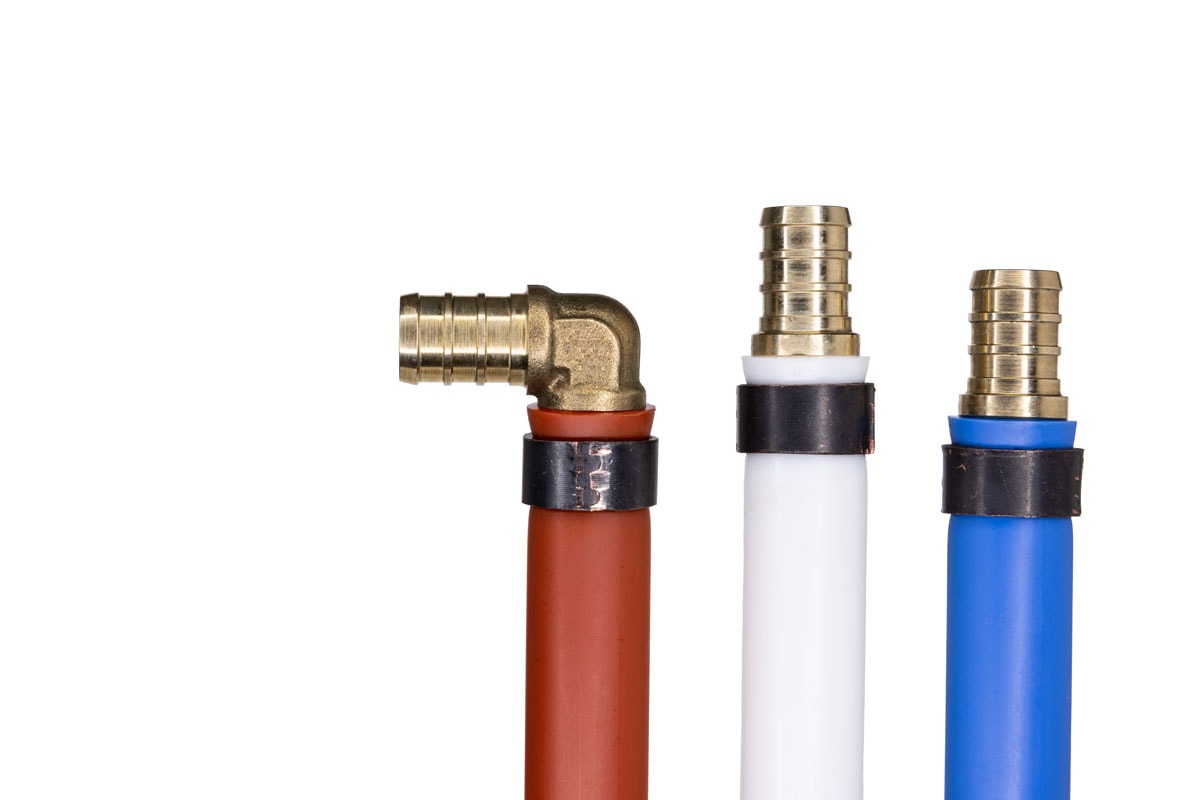
PEX pipes are a popular choice for plumbing because of their flexibility, durability, and resistance to freezing. However, when temperatures drop, they can still be susceptible to freezing, which can lead to costly repairs. Attaching a heat cable to a PEX pipe is a relatively simple process. Here are the steps to follow:
1. Choose The Right Heat Cable
First, you need to choose the right heat cable that is suitable for the PEX pipe. Look for heat cables that are specifically designed for use with PEX pipes and meet the manufacturer's recommendations for size and length.
Here are some important factors to consider when choosing the right heat cable for PEX pipes:
Compatibility
It is essential to choose a heat cable that is specifically designed for use with PEX pipes. This is because different types of heat cables may not be compatible with the materials used in PEX pipes. Using the wrong type of heat cable can cause damage to the pipes or even pose a safety hazard.
Manufacturer's Recommendation
Manufacturers often provide recommendations on the size and length of the heating cable required for specific pipe configurations. It is important to follow these recommendations to ensure that the heat cable provides sufficient heating for the pipes.
Insulation
Heat cables are often covered with insulation to prevent heat loss and improve energy efficiency. The type and thickness of insulation can vary, so it is important to choose a heat cable with insulation that is appropriate for the environmental conditions in which the pipes are located.
Voltage
Heat cables can operate on different voltages, and it is important to choose a heat cable that is compatible with the electrical system in your building. It is also important to ensure that the electrical system can provide the necessary power to the heating cable without overloading the system.
Regulations
Depending on the location and type of building, there may be regulations that dictate the type and installation of heat cables. It is important to adhere to these regulations to ensure safety and compliance with local building codes.
2. Clean The PEX Pipe
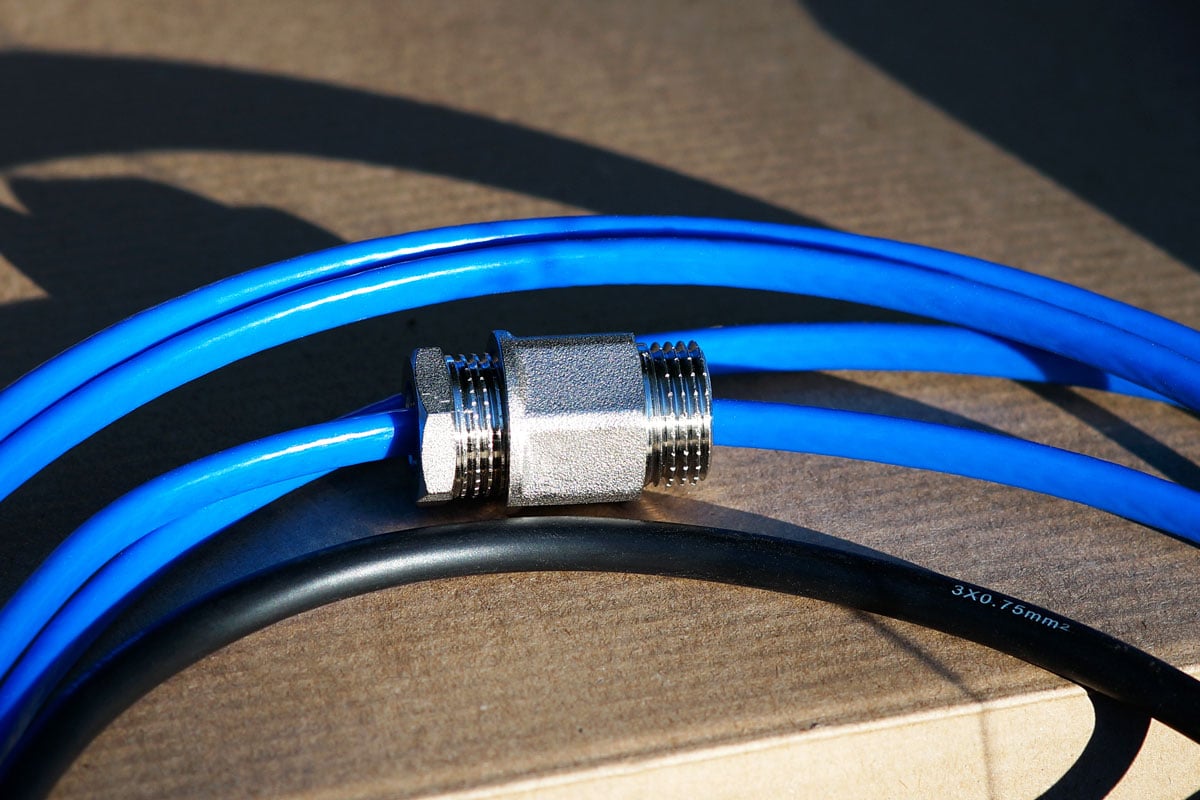
Before attaching the heat cable, clean the PEX pipe to ensure it's free of dirt, grease, or any other residue that could affect the performance of the cable. Use a clean, dry cloth to wipe the pipe clean.
3. Attach The Heat Cable
Next, attach the heat cable to the PEX pipe. Most heat cables come with clips or adhesive tape to secure them to the pipe. You can also use cable ties to hold the cable in place. Make sure the cable is evenly spaced along the length of the pipe.
4. Test The Heat Cable
After attaching the heat cable to the PEX pipe, test it to ensure it's working correctly. To do this, look for an outlet and plug the cable into it. After that, touch the pipe to know if it is warm.
5. Insulate The Pipe
Finally, insulate the PEX pipe with appropriate insulation material. This will help to conserve energy and reduce the risk of freezing. Make sure to use insulation that is compatible with the heating cable and that meets local building codes.
Click here to see this heat cable on Amazon.
How Much Heat Can PEX Fittings Handle?
PEX fittings are an integral component of PEX plumbing systems as they help connect the PEX pipes and ensure the smooth flow of water. One important consideration when selecting PEX fittings is their ability to handle the heat.
This is particularly important for hot water applications, such as connecting to a hot water tank, as excessive heat can cause the PEX material to deform, crack or even melt.
The maximum temperature that PEX fittings can handle varies depending on the type of PEX used and the specific fitting design. Most PEX fittings are rated for use at temperatures up to 200°F (93°C).
However, some specialty fittings, such as those designed for use with hot water recirculation systems, may be rated for use at temperatures up to 210°F (99°C) or higher.
It's important to note that PEX fittings may be made from different materials, such as brass, copper, or plastic. Each material has its temperature limits, which may affect the overall temperature rating of the PEX fitting. For example, brass PEX fittings are generally rated for use at higher temperatures than plastic PEX fittings.
Does Heat Cable Use A Lot Of Electricity?
Heat cables, also known as heating tapes or trace heating, are used to prevent frozen pipes and ice dams on roofs by providing warmth to the affected areas. One of the common concerns among users is whether heat cables consume a lot of electricity.
The type of heat cable, its length, and how long it has been in operation are all relevant aspects that affect this question's resolution. In general, heat cables are not high-energy consumers, and their cost is usually comparable to other types of electric heating.
Self-regulating heat cables adjust their output depending on the temperature, which means they use less energy when it is warmer and more when it is colder. This makes them more energy-efficient than constant-wattage heat cables, which use a fixed amount of power regardless of the temperature.
In terms of cost, the electricity consumed by heat cables is usually only a fraction of a household's overall energy bill. For example, a 50-foot heat cable that is used for three months in a year may cost only a few dollars to run, depending on the local electricity rates.
It's worth noting that heat cables should only be used as a temporary solution, and not as a permanent fix. If you have consistently frozen pipes or ice dams, it may be more cost-effective to address the underlying issues, such as improving insulation or adding ventilation to the affected areas.
Does PEX Hold Heat Better Than Copper?
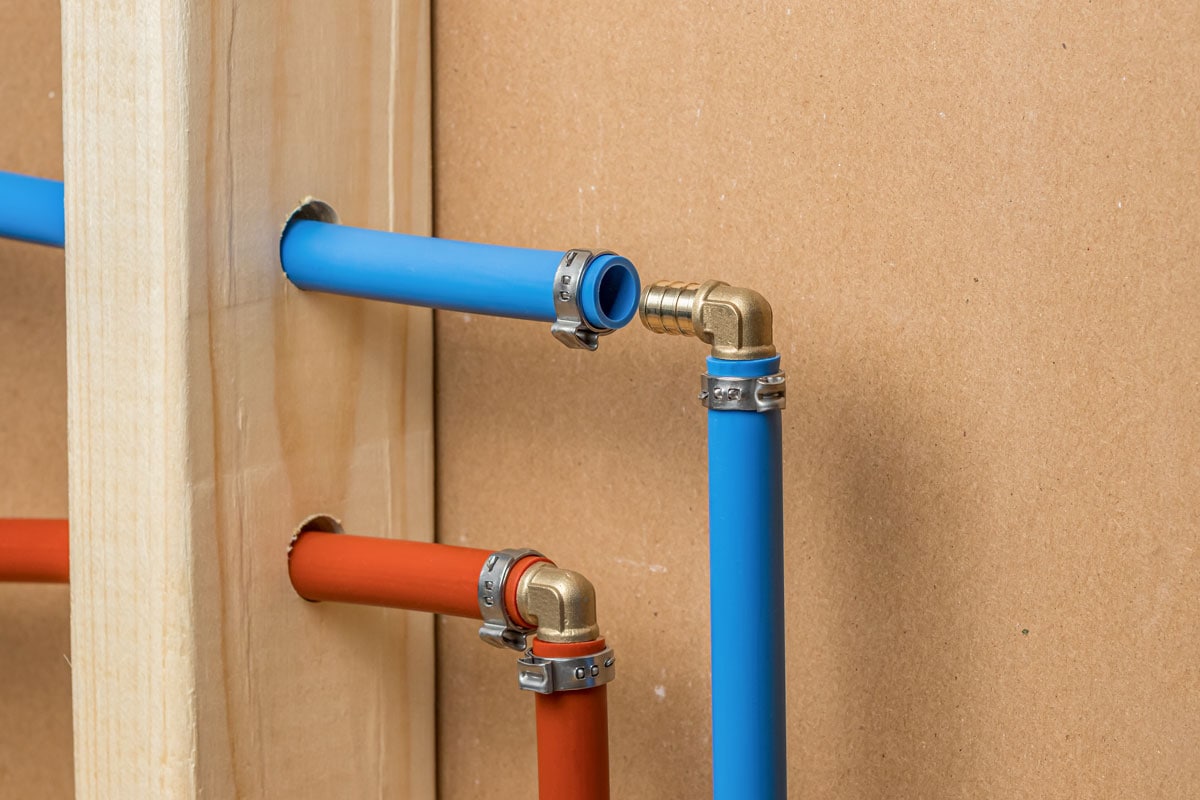
The decision to use either PEX or copper for plumbing and heating systems depends on several factors, including cost, ease of installation, durability, and performance. One question that often arises is whether PEX holds heat better than copper.
PEX and copper have different thermal conductivity properties, which affect their ability to transfer heat. Thermal conductivity is the measure of how quickly a material can transfer heat. Copper has a higher thermal conductivity than PEX, which means it can transfer heat more quickly.
However, this does not necessarily mean that copper is always better at holding heat than PEX. The amount of heat that is held depends on specific circumstances and conditions, such as the thickness of the piping, the flow rate of the water, and the ambient temperature.
In general, PEX is considered to be a better insulator than copper, which means it is less likely to lose heat through the walls of the pipe. This is because PEX is a type of plastic, which has a lower thermal conductivity than metal. The insulation properties of PEX can also help to reduce energy loss and improve the overall efficiency of the heating system.
It's worth noting that the difference in heat retention between PEX and copper is relatively small, and other factors, such as the thickness and quality of the insulation, can have a much greater impact on the performance of the system.
How Long Does PEX Pipe Last?
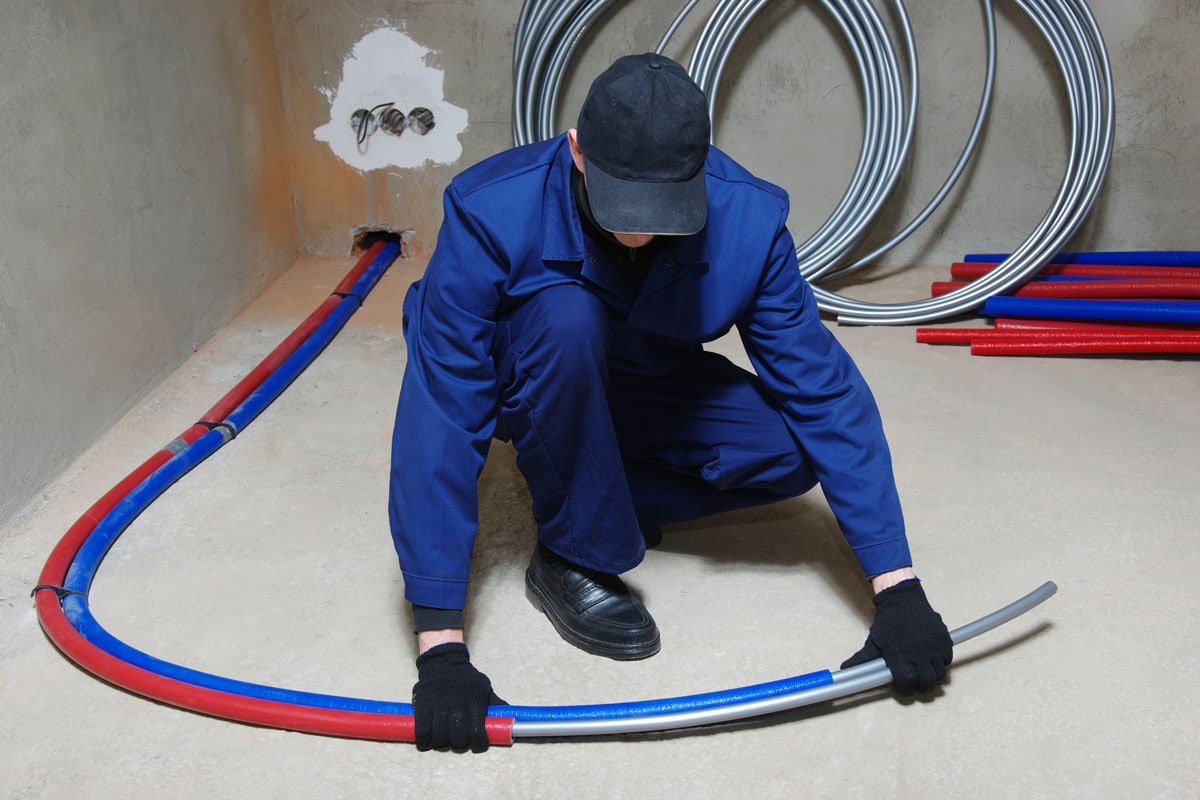
PEX pipes are known for their durability and resistance to corrosion and scaling, which can lead to leaks and other issues in traditional metal pipes. In addition, PEX pipes are more flexible than metal pipes, which makes them easier to install and less prone to damage from freezing and other environmental factors.
The lifespan of PEX pipes depends on several factors, including the quality of the materials, the installation methods, and the conditions of use. In general, PEX pipes are expected to last between 20 and 50 years, depending on the specific circumstances.
Some manufacturers offer warranties of up to 25 years for their PEX pipes, which can give consumers some assurance about the expected lifespan.
However, it's important to note that these warranties usually only cover defects in the materials or workmanship, and not damage caused by external factors, such as freezing or improper installation.
It's also worth noting that PEX pipes have not been in use for as long as traditional metal pipes, such as copper and galvanized steel, so their long-term performance is not yet fully known.
To Wrap Up
Attaching heat cables to PEX pipes is a simple process that can help prevent frozen pipes and other issues in cold weather. It involves cleaning the PEX pipe, attaching the heat cable, testing it, and insulating the pipe.
If you enjoyed reading this post, here are similar articles you may like:

